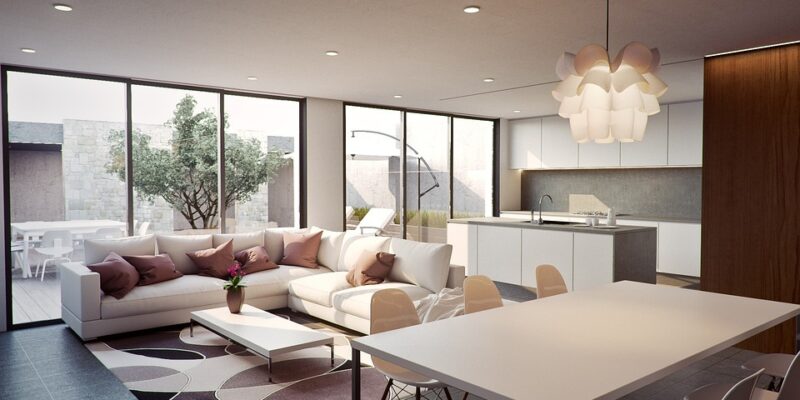The Evolution of Photorealistic Rendering in Virtual Reality
Virtual reality (VR) has come a long way since its inception, with advancements in both hardware and software fueling its growth. One area that has seen significant improvement is photorealistic rendering, which aims to create virtual environments that closely mimic real-life settings. In this article, we will explore the evolution of photorealistic rendering in VR and how it has enhanced the user experience.
Early Days of Virtual Reality
When virtual reality technology first emerged, the visuals were often basic and cartoonish. This was due to limitations in processing power and graphics capabilities. Early VR headsets struggled to render complex scenes in real-time, leading to jagged edges, low resolution textures, and poor lighting effects.
However, as technology continued to improve, so did the quality of virtual reality experiences. Developers began incorporating more advanced rendering techniques, such as ray tracing and global illumination, to create more realistic environments. These techniques helped to achieve better lighting, shadows, and reflections, making virtual worlds feel more immersive and believable.
The Rise of Real-Time Rendering
One of the biggest breakthroughs in photorealistic rendering came with the introduction of real-time rendering engines. These software tools allowed developers to create highly detailed and lifelike visuals that could be rendered in real-time, without the need for pre-rendering or offline processing.
Real-time rendering engines, such as Unity and Unreal Engine, utilize advanced algorithms to simulate lighting, shading, and reflections in real-time. This allows VR experiences to react dynamically to user input, creating a more immersive and interactive environment.
With the rise of real-time rendering, VR developers have been able to create stunning visuals that rival those of traditional video games and film. High-resolution textures, realistic physics, and advanced lighting effects have all contributed to the photorealism of modern VR experiences.
Advancements in Graphics Hardware
Another key factor in the evolution of photorealistic rendering in VR has been advancements in graphics hardware. Modern GPUs are capable of rendering complex scenes with millions of polygons, enabling developers to create highly detailed environments with realistic lighting and shading effects.
In addition, the introduction of virtual reality-specific hardware, such as NVIDIA’s RTX series of graphics cards, has further improved the quality of VR visuals. These GPUs are optimized for real-time ray tracing and AI-based rendering techniques, allowing for even greater levels of realism in virtual reality experiences.
As a result of these advancements in graphics hardware, VR developers have been able to push the boundaries of photorealistic rendering, creating virtual environments that are indistinguishable from reality. From lifelike simulations of natural landscapes to immersive virtual worlds filled with intricate details, the possibilities of photorealistic rendering in VR are truly limitless.
The Future of Photorealistic Rendering in Virtual Reality
Looking ahead, the future of photorealistic rendering in virtual reality looks incredibly promising. With ongoing advancements in both hardware and software, VR experiences are only going to become more immersive and realistic.
One area of focus for developers is creating true-to-life representations of human characters in virtual reality. By utilizing advanced motion capture technology and AI-based rendering techniques, developers are able to create photorealistic avatars that closely mimic human expressions and movements.
In addition, the integration of real-world data and machine learning algorithms is expected to further enhance the realism of virtual reality environments. By using satellite imagery, LiDAR scans, and other sources of data, developers can create highly detailed and accurate representations of real-world locations in VR.
Overall, the evolution of photorealistic rendering in virtual reality has revolutionized the way we interact with digital environments. With the combination of real-time rendering engines, advanced graphics hardware, and innovative techniques, VR experiences are becoming more immersive and lifelike than ever before. The future holds great promise for the continued advancement of photorealistic rendering in virtual reality, opening up new possibilities for creativity, storytelling, and user engagement.
